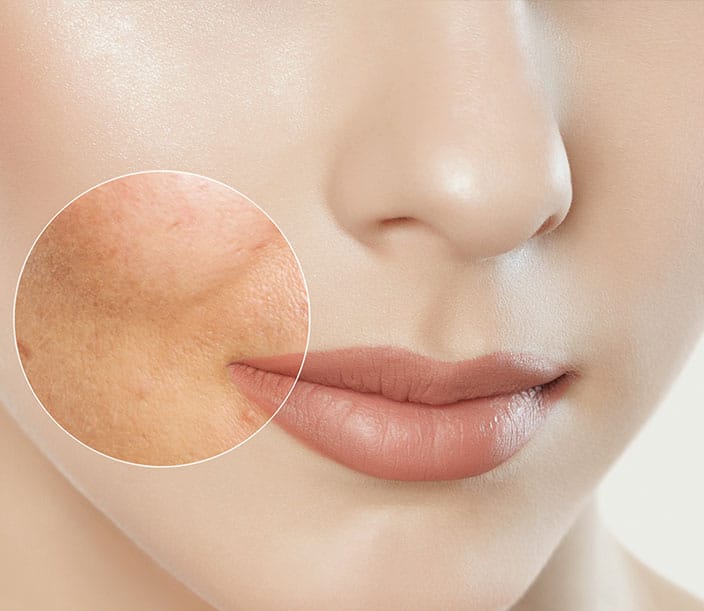Discover Benefits of Skin Resurfacing
Skin Resurfacing stands as a beacon of hope for those seeking a flawless complexion, offering a solution to a myriad of skin concerns. This advanced technique, designed to rejuvenate and renew, brings forth the promise of radiant, youthful skin. It’s a game-changer for anyone looking to reverse the signs of aging and environmental damage with minimal downtime.

The Skin Resurfacing Treatment
While many skin resurfacing procedures are performed in a surgeon’s office, they can also take place in a hospital or an outpatient center. Different types of anesthesia may be used for different types of skin resurfacing procedures, but typically they may include local anesthesia, a freezing agent and/or sedation. More extensive resurfacing through laser surgery may require general anesthesia. Some procedures may require more than one treatment. Chemical peels typically begin by cleaning the skin with a solution then directly applying one of several chemical solutions to the skin. Dermabrasion involves the use of a high speed rotating brush which removed the top layers of skin until the appropriate level is reached. Laser surgery, also referred to as laser skin resurfacing or laser peel, uses a carbon dioxide (CO2) laser which instantly vaporizes the top layer of skin.
Swelling and crusting of the skin is common after treatment, along with redness which typically fades within four weeks. Patients may be required to apply an ointment to the treated area for seven to ten days. Within about one to two weeks after the procedure, the skin will begin to appear pinkish and free of many wrinkles. Patients will need to protect the skin from the sun as it heals, and extreme temperatures and activities which may cause stress to the skin will need to be avoided for a period of time.

Patient Testimonials: Real Stories, Real Results

Chemical Peel Cost
The cost of chemical peels can vary depending on the complexity of the procedure and the specific needs of the patient. Typically, the cost of chemical peels with Dr. Bustillo starts at $1,500. This includes pre-procedure consultations, the chemical peel treatment, and post-procedure care. It is important to discuss all potential costs during your consultation to clearly understand the financial commitment involved. Financing options may be available for those who qualify.
Why Choose plastic surgeon Dr. Bustillo?
Dr. Bustillo is known as a facial aesthetics authority in Miami. He is a double board-certified plastic surgeon with over 20 years in practice and understands how to bring out the best in his patients. He is known for offering natural-looking results from both surgical and non-invasive procedures, prompting his patients to come back again and again.
- Castle Connolly Top Doctor for more than 10 years
- American Board of Facial Plastic and Reconstructive Surgery
- American Board of Otolaryngology-Head and Neck Surgery
- Facial Plastic & Reconstructive Surgery Fellowship at The New York University
- Otolaryngology – Head & Neck Surgery Residency at The University of Miami, Jackson Memorial Hospital
- General Surgery Internship at The University of Miami, Jackson Memorial Hospital


